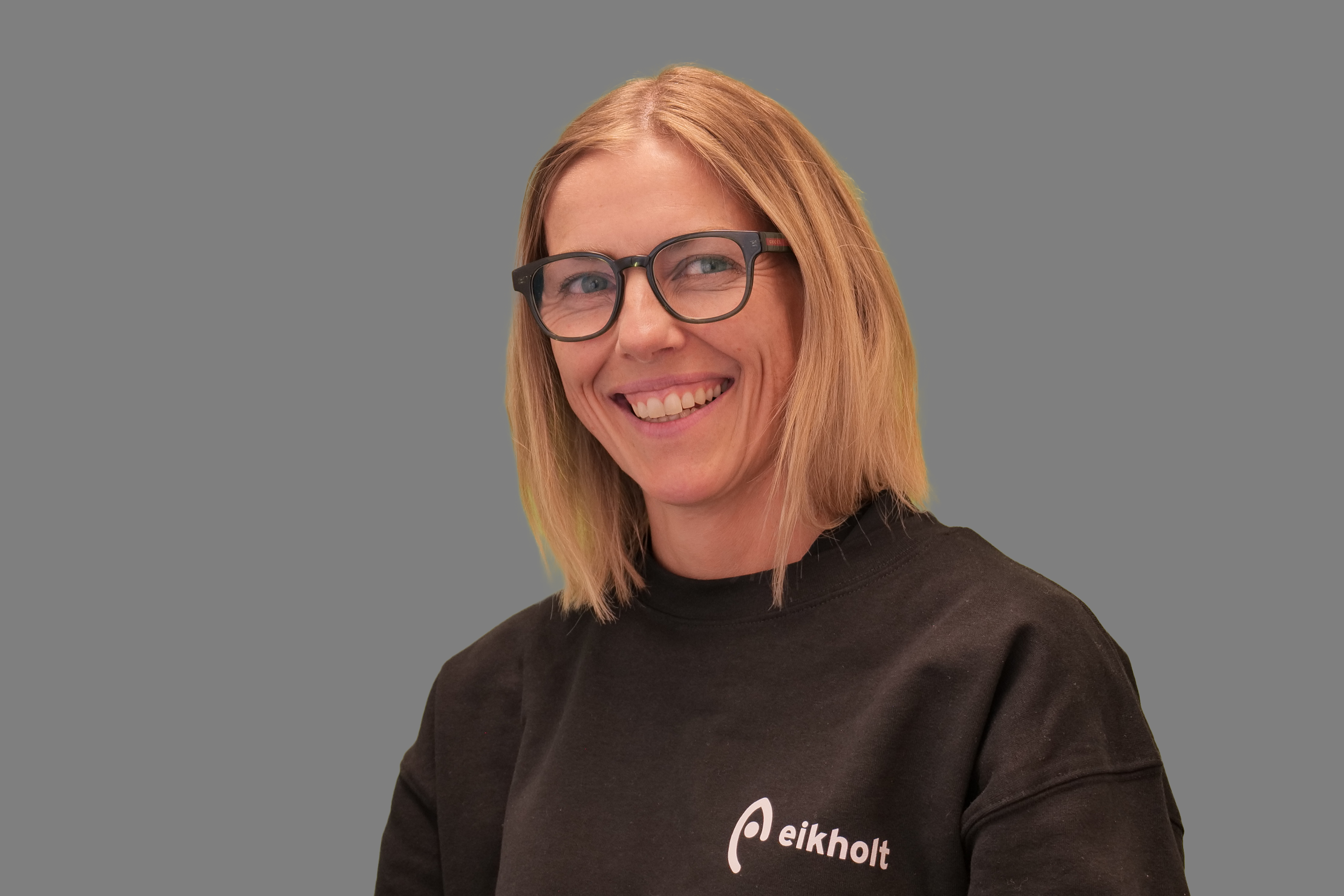New perspectives, limitless possibilities - assistive technology that makes a difference
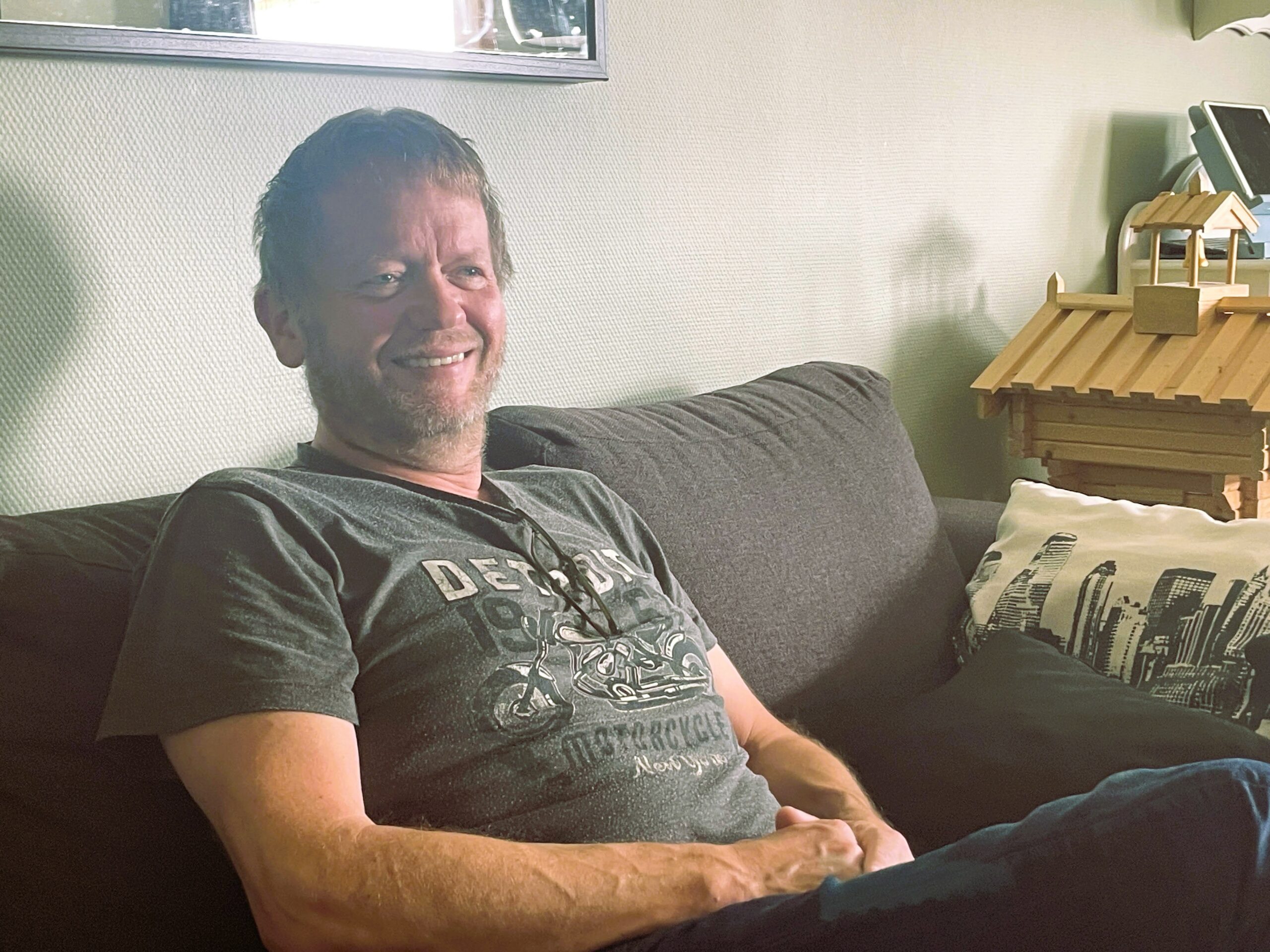
Stories from people with visual and hearing impairments
How can technology improve quality of life and independence for people with dual sensory loss? In this series, we meet people with combined visual and hearing impairment who have found their favourite assistive technology - and let them tell us in their own words how it makes a difference in their everyday lives.
This time we spoke to Pål Kjetil Lyngstad, who uses his favourite tool, VoxiVision.
Pål Kjetil - From craftsman to experience consultant
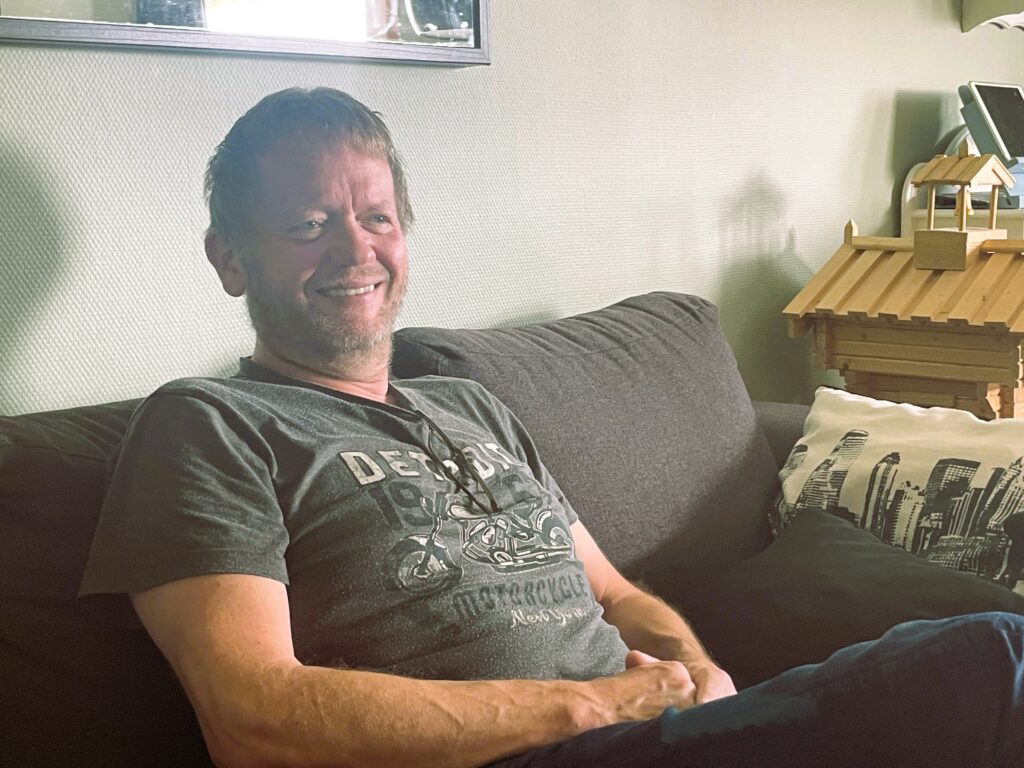
Pål Kjetil has both impaired hearing and severely reduced vision - with about 10 degrees of visual angle, double vision and poor contrast vision. His eyesight began to deteriorate in his 20s, but he trained and worked as a carpenter, computer operator and in the service industry. However, the gradual deterioration of his vision led to major changes in his everyday life. He stopped driving, and in 2017 he also had to quit his job.
It's about turning adversity into momentum
Pål Kjetil has long experience of living with double sensory loss. The transition to no longer working was a major upheaval, and he had to actively work on his cognitive skills - learning to turn what was less good into something positive. Over the years, he has shared his experiences to give others insight into what it's like to live with double sensory loss, and engaged in user involvement. Working together and sharing knowledge and experiences is important to him.
From 2017, he learnt a lot about communication and the importance of saving energy in what he does. Independence has always been important to Pål Kjetil, and he has worked purposefully to master everyday life on his own terms.
-"I had to learn to turn what is difficult into something positive. It's all about coping and determination. Living with a visual and hearing impairment is energy-consuming, but the desire for independence is so strong that it gives me the drive to constantly find out what's new.
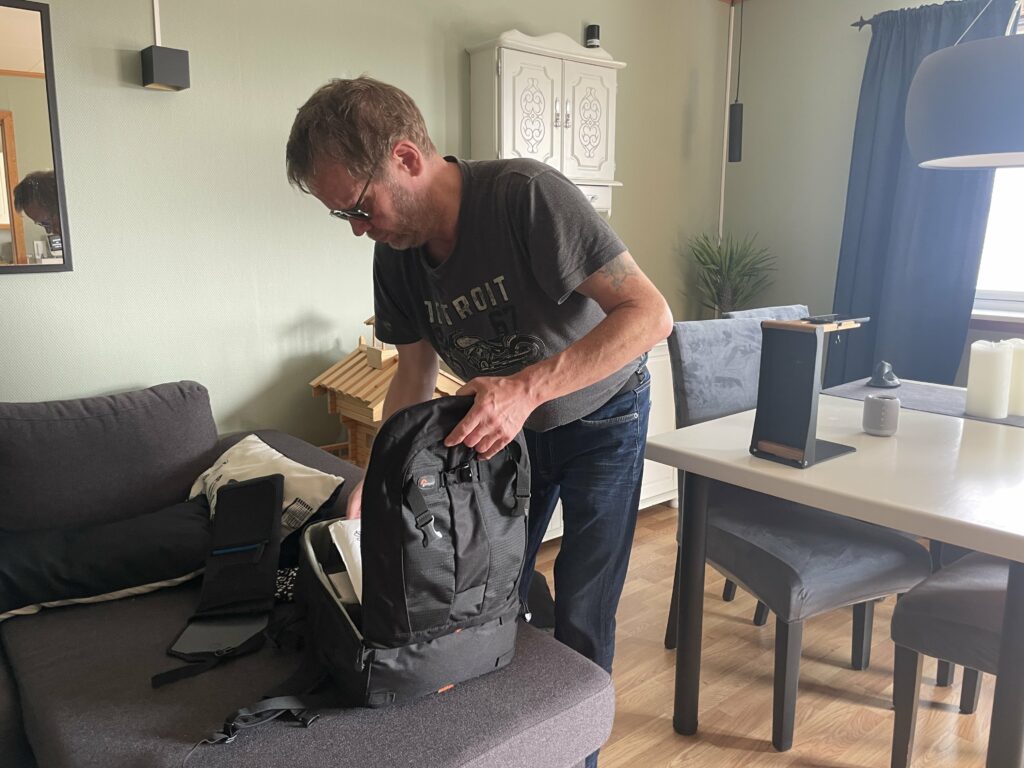
Throughout his life, Pål Kjetil has been curious and explorative - especially when it comes to technology. He has tested and trialled many different assistive devices, always with a desire to find solutions that make him more independent. This drive has also led him to his job as an experience consultant at Logisense.
VoxiVision, a small tool - but with a big impact
An important turning point in his life came when Pål Kjetil discovered VoxiVision - an assistive device the size of a smartphone that has three tactile navigation fields at the bottom. It combines a camera, image analysis and Artificial Intelligence to provide visually impaired people with access to information via sound.
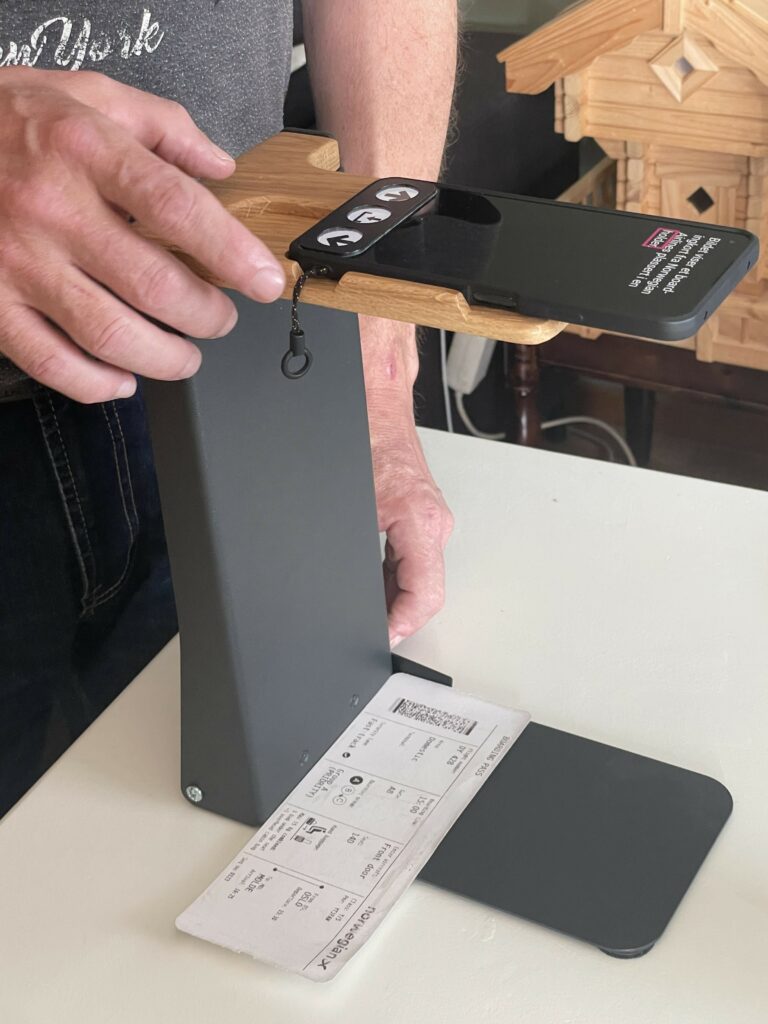
He discovered the product by chance - and this is where Pål Kjetil gets serious. The provision of assistive technology and training in the use of assistive technology is far too random, says Pål Kjetil. He has many opinions on this. For Pål Kjetil, a meeting with a supplier was the gateway to learning about VoxiVision. He quickly contacted an occupational therapist in the municipality to get it dispensed. He has been using it actively ever since.
Pål Kjetil becomes enthusiastic when he begins to describe what this aid does for him. -I want to say just one word about VoxiVision: optimal!
VoxiVision gives me independence, saves energy and gives me capacity for other things I want to do."
Quote: Pål Kjetil Lyngstad
Practical use in everyday life
With VoxiVision, Pål Kjetil can read documents and magazines - not just the text, but also descriptions of images. He uses the solution both when he shops and cooks. Pål Kjetil uses VoxiVision actively in the shop. When he needs to find the right milk product among many different variants, he can use image analysis to identify the right type of milk and be told which shelf the product is on. In addition, he can retrieve product information from the QR code on the milk and, if entered, also get the price via the barcode.
- Question rings, he says, that's what the entrance is. I can ask a question and get an answer, and ask follow-up questions.
- If I'm cooking, for example, I can take a picture of the packet and ask how much liquid I should use. Then I get an answer to that.
Pål Kjetil has his own labels and QR codes that come with the products. He uses these to enter which spice is in the box. He also uses it for medicines so that he can easily find the right medicine.
-"VoxiVision even reads handwriting," he says.
Here, Pål Kjetil pulls out a pad and asks me to write something, before demonstrating how VoxiVision reads it out to him.
Video demonstration of how Pål Kjetil uses VoxiVision to read handwriting:
Technology and accessibility in the face of cultural heritage
It's not just help with everyday tasks that Pål Kjetil wants to emphasise. VoxiVision also enables him to contribute his knowledge in many other contexts.
–During an inspection organised by Østfold County Council, I participated as an experience consultant in work on universal design. Deep in the forest, by a rock with petroglyphs, I connected VoxiVision to my mobile phone and made contact with artificial intelligence. Using a picture of the stone, VoxiVision was able to explain the symbols and tell a story about the rock carvings.
The experience made an impression - even on the archaeologist who took part, whose eyes were opened by the technology and its possibilities for accessibility and communication.
Customised training - with respect for the individual's needs
Pål Kjetil has learnt that needs and understanding of technology vary greatly - and do not necessarily follow age. He is keen to meet people with openness and respect, and to customise training based on the individual's background and wishes.
–We thought the 50-year-old wanted advanced mode, but he wanted simple. The 90-year-old, on the other hand, wanted everything. You should never underestimate people - it's all about needs and background.
Pål Kjetil has helped several people find solutions that work for them. He believes it's important to map needs and offer remote help when needed - so that training is accessible and relevant to the individual.
Through conversations and demonstrations, Pål Kjetil has seen how VoxiVision can make a difference. He believes the technology will develop rapidly over the next five years, but that the most important thing now is to spread knowledge and publicise the possibilities.
Video showing how Pål Kjetil uses VoxiVision to read house numbers:
A moment of great significance
Pål Kjetil remembers one particular moment well. He was out at a meeting. A woman was knitting with red yarn. Someone else asked her the colour of the yarn, but she couldn't answer.
- Then we put VoxiVision in the stand you can use to hold the tool, put the ball of yarn underneath and took a picture. In an instant, they got the colour number, he says.
- She was so happy! It was a small moment, but with great significance
Technology is about opportunities
For Pål Kjetil, VoxiVision isn't just about technology - it's about opportunities. About being able to participate, understand and contribute. And about doing it on your own terms. Although Pål Kjetil doesn't use Braille himself, he has tested the possibility and found that VoxiVision reads the dots into letters and how many dots there are in the letter and positions.
- It can't yet fully read braille, but who knows how this will develop, he wonders..
–VoxiVision is a versatile product with many customisation options. The most important thing is to know it exists - and find out if it's right for you, Pål Kjetil concludes.
Facts about VoxiVision
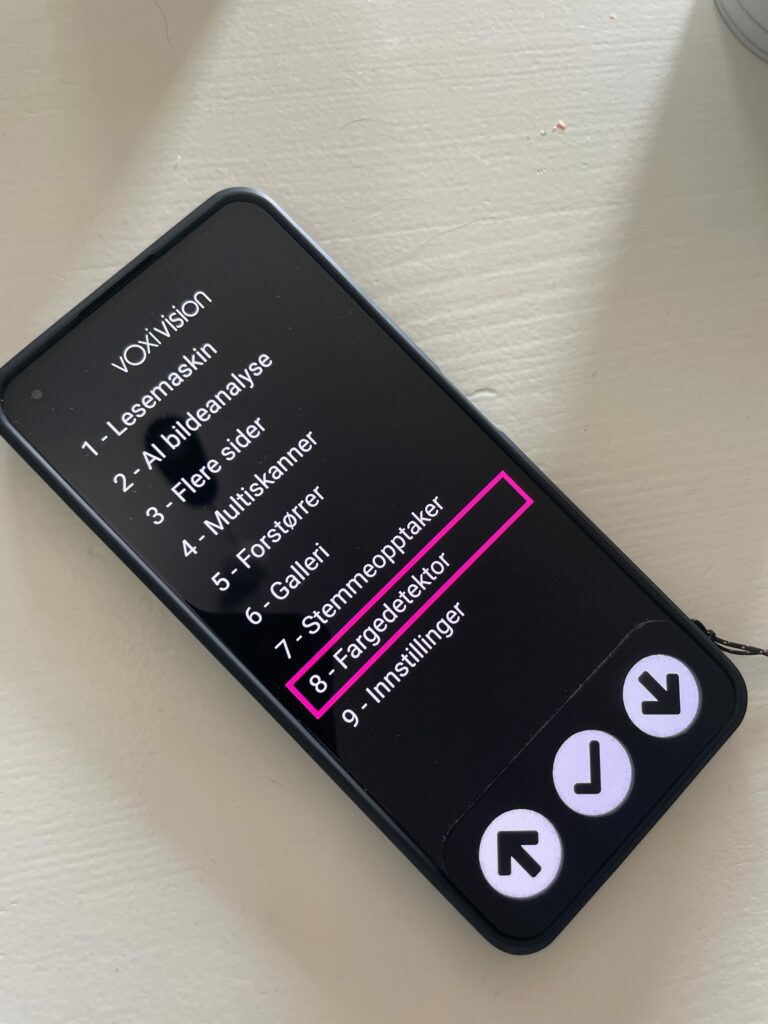
Features: reading machine, reads text and handwriting, AI image analysis: short, long, queries, QR and barcode scanning, Information can be transferred to other devices using memory pen, Castig to larger screen via hdmi cable with receiver (this is not included with the product), dictaphone with speech to text, colour detector, note detector, 21 languages, reading stand (not included)
Customisation: Three modes - simple, standard and advanced.
Training: Can be customised individually. Remote assistance possible.
About assistive technology
People with permanent disabilities can borrow assistive devices from the Nav Assistive Technology Centre. The Nav Assistive Technology Centre is located in all regions of the country. Here you can find your assistive technology centre.
At Nav you can also read about assistive technology with sound and speech.
Do you have a favourite tool you want to tell us about?
Please contact Tanja Teigum by e-mail: tanja.teigum@eikholt.no

